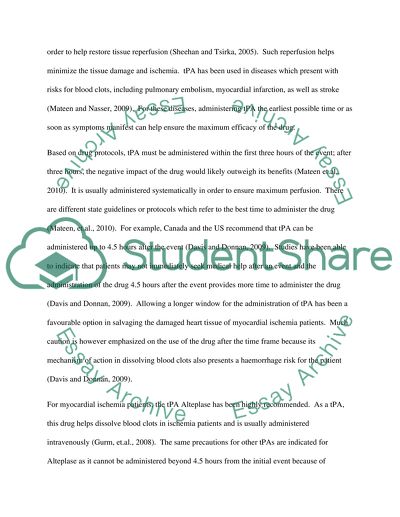Cite this document
(“Approaches to salvage damaged heart tissue after myocardial ischaemia Essay”, n.d.)
Approaches to salvage damaged heart tissue after myocardial ischaemia Essay. Retrieved from https://studentshare.org/health-sciences-medicine/1461834-approaches-to-salvage-damaged-heart-tissue-after
Approaches to salvage damaged heart tissue after myocardial ischaemia Essay. Retrieved from https://studentshare.org/health-sciences-medicine/1461834-approaches-to-salvage-damaged-heart-tissue-after
(Approaches to Salvage Damaged Heart Tissue After Myocardial Ischaemia Essay)
Approaches to Salvage Damaged Heart Tissue After Myocardial Ischaemia Essay. https://studentshare.org/health-sciences-medicine/1461834-approaches-to-salvage-damaged-heart-tissue-after.
Approaches to Salvage Damaged Heart Tissue After Myocardial Ischaemia Essay. https://studentshare.org/health-sciences-medicine/1461834-approaches-to-salvage-damaged-heart-tissue-after.
“Approaches to Salvage Damaged Heart Tissue After Myocardial Ischaemia Essay”, n.d. https://studentshare.org/health-sciences-medicine/1461834-approaches-to-salvage-damaged-heart-tissue-after.


